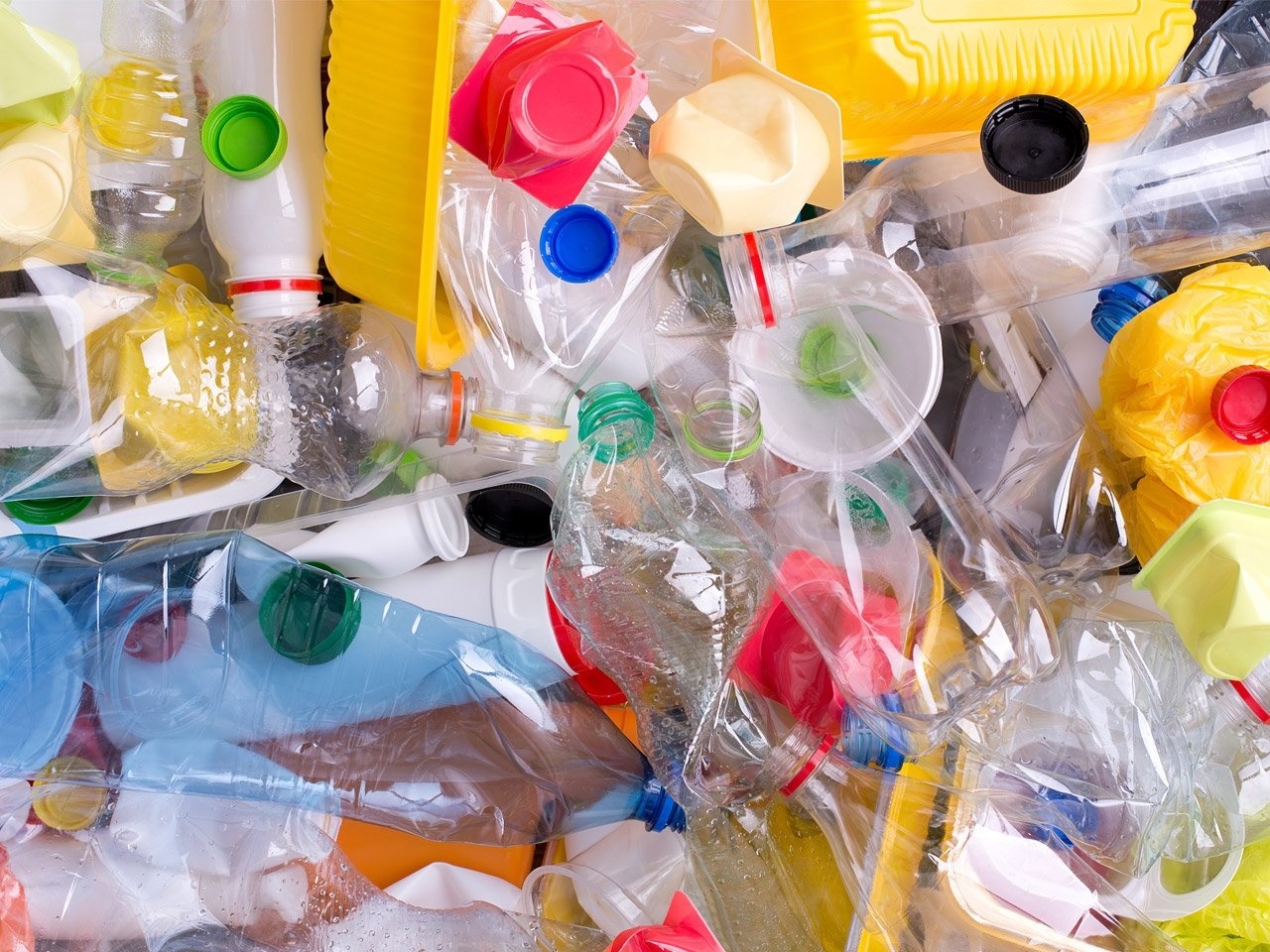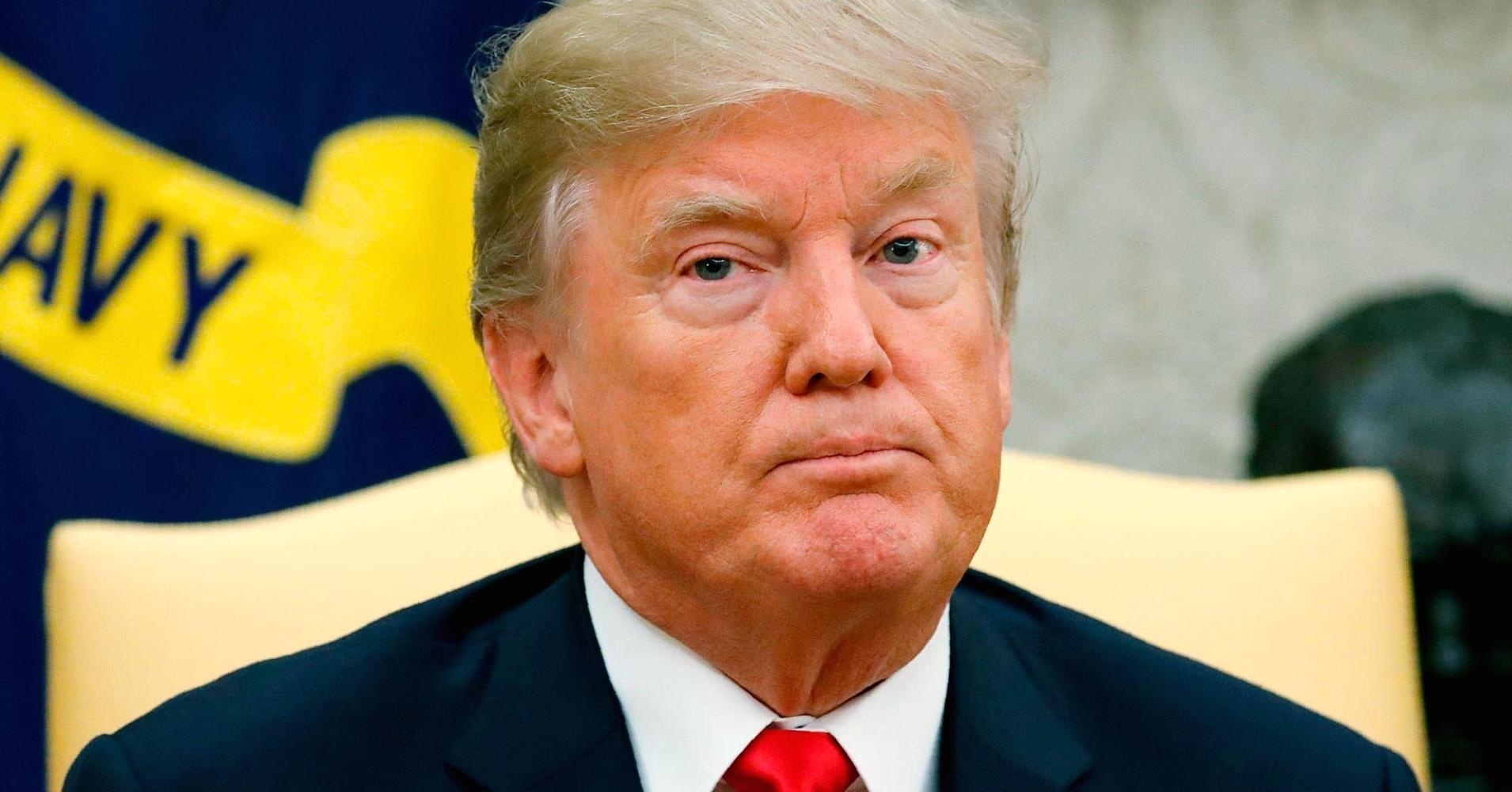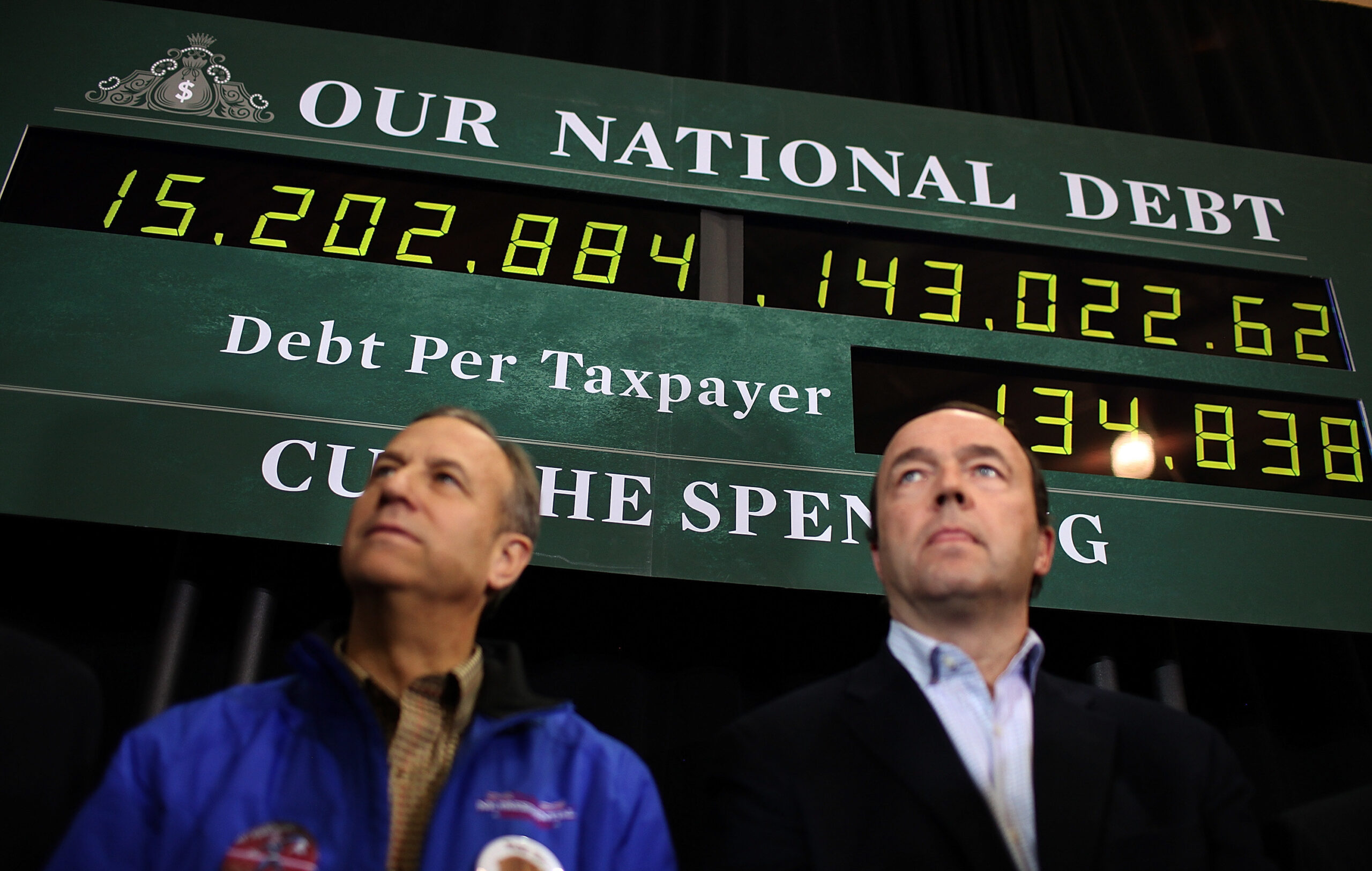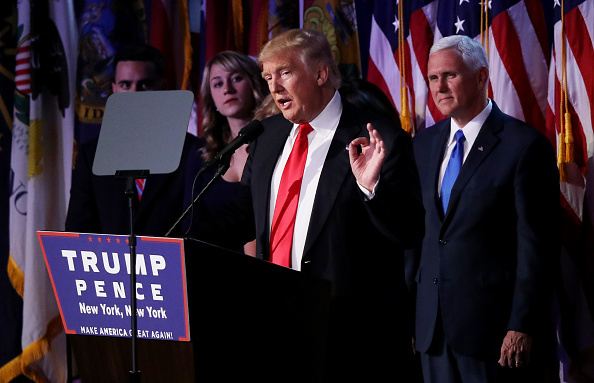Why You Should Join Workers From Amazon, Walmart, and FedEx in the May 1st General Strike

Apr 29 | 2020
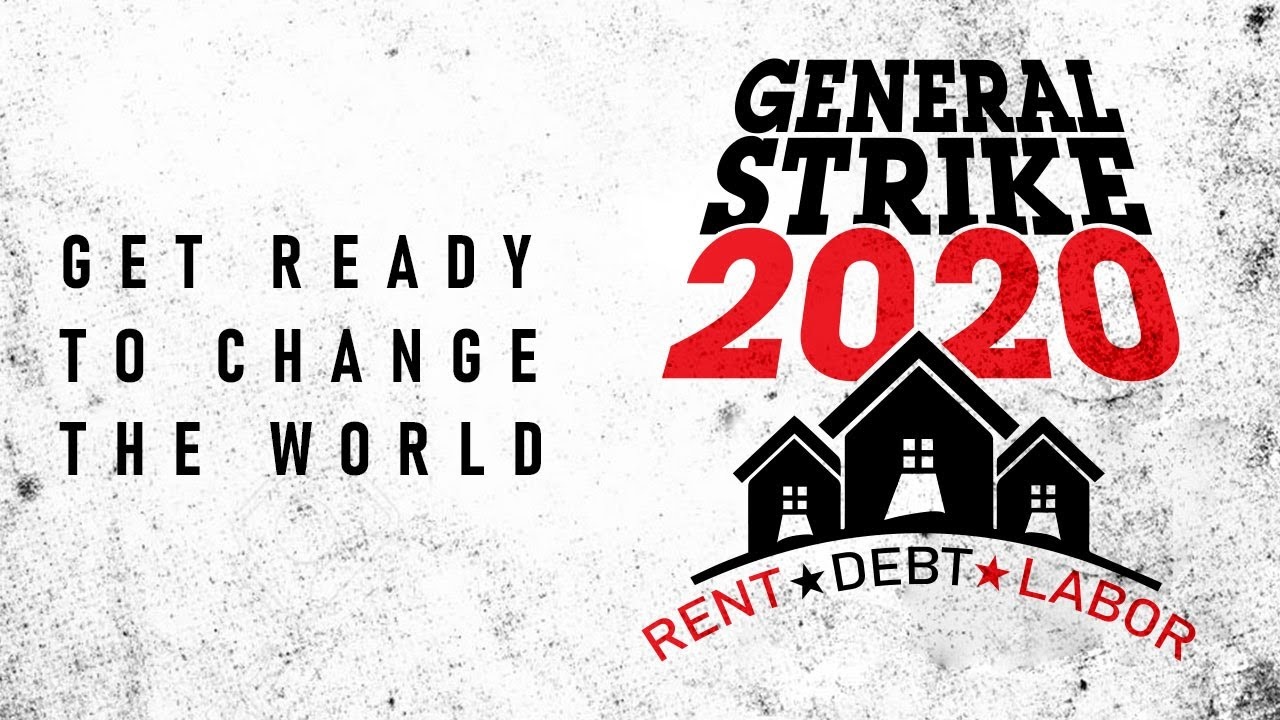
genstrike.org
According to a report published in The Intercept on Tuesday, essential workers at major companies like Amazon, Walmart, Instacart, Target, Whole Foods, and FedEx are planning a walkout as part of a May Day general strike, fighting for workers’ rights. A lot of Americans probably don’t know the history of May Day, or the fact




